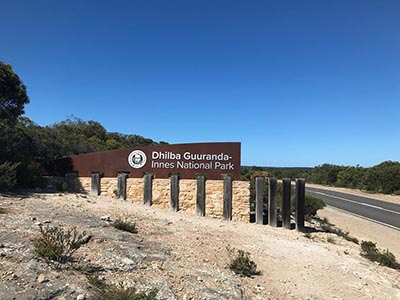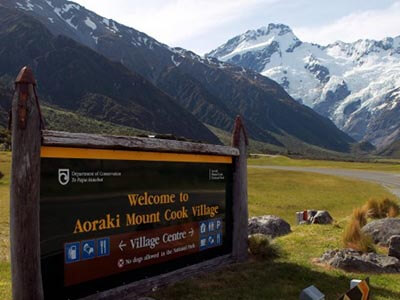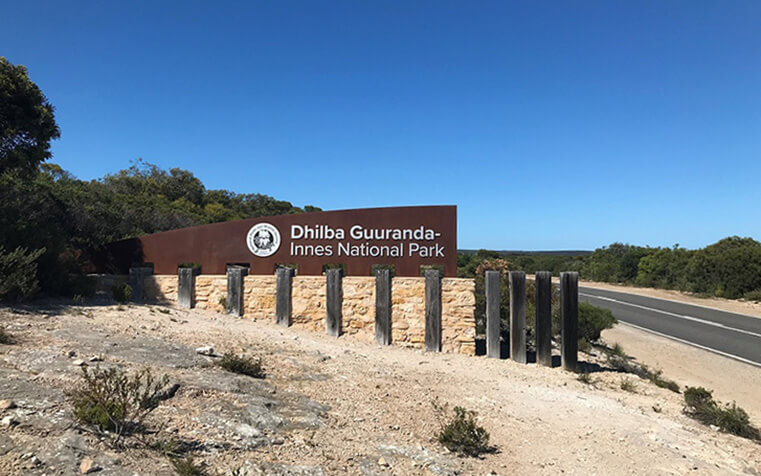
What is the deal with Dual Naming?
You may have noticed an increasing number of National Parks and specific natural features being given new Indigenous name as a pre-fix. In South Australia, this notably includes Ikara-Flinders Ranges Nation Park, or more recently Dhilba Guuranda-Innes National Park. (Don’t be scared of pronouncing it wrong – hear how to say it well here.
One of the most commonly known traditional names in Australia is Uluṟu. Officially it became ‘Ayres Rock / Uluṟu’ leading to a wave of dual naming across Australia. The caretakers of Uluru for the past 30,000 years, the Anangu people, have continued to call it Uluru, despite the more recent renaming of the landmark by the explorer William Gosse in 1873. When the surrounding Uluṟu-Kata Tjuṯa National Park was handed back to the Aṉangu in 1985, it took until 1993 for the Dual Name of Ayres Rock – Uluru to be granted. And finally, in 2002, the name was again altered to Uluru – Ayers Rock, to properly recognise the significance of the Anangu name.
In the case of Ikara-Flinders National park, this was renamed in 2016 to include the Adnyamathanha word, Ikara, meaning “meeting place”, referring to the traditional name for Wilpena Pound.
It isn’t just Australia that is engaged in this process. Across the world, the names we give a place can represent history, culture and identity. First Nation communities have existed in strong communities in many continents prior to the British and European colonising invasion period, and gradually we are seeing these traditional names take their rightful place at the forefront of title. There are 100s of dual named places in New Zealand. The dual naming process began in the 1920s and continues to this day. The Māori name is usually used first, for example, Aoraki / Mount Cook.
These changes recognise the spiritual and cultural significance of the area for the traditional owners. It is one of those visible signs of reconciliation and recognition. It stops the white washing of our history, one that pretends there were no traditional owners, and serves to justify the excuse for colonising already inhabited and governed land. Not only does the renaming acknowledge and show respect to the Traditional Owners of Country and their relationship to an area, but it celebrates Aboriginal and Torres Strait Islander cultures, languages and histories too. Other positives to come from the Dual Naming’s is the boost to the cultural tourism opportunities for the local people. It can empower local communities to run cultural tourism enterprises and give people a real experience of tradition, which in turn builds respectful relationships between government, visitors and local communities.
I feel it adds a wonderful depth to our places and landmarks and gives me deeper pride and acknowledgement of the beautiful country we live in, don’t you?
Thanks to Reconciliation Australia, here is a quick list of things we can do to increase our own cultural competency in regards to dual naming:
• Learn some of the stories and traditional names of the sacred ground you live on.
• Find out the meaning of dual named places in your area and their significance.
• Contact your local council to see what their policy is on dual names.
• Find out if there are any dual naming movements happening in your area.
• Campaign for the Aboriginal or Torres Strait Islander names of significant landmarks in your community to be recognised.
• Participate in the annual NAIDOC week activities around the country.
This was written by Big Heart Adventures Outdoor Leader Kim Sutton. Kim is currently completing an Eco-Tourism and Outdoor Recreation Degree at University and leads walks all over South Australia with Big Heart. She is a self confessed nature nerd with particular obsessions around fungi and native orchids in addition to bringing First Nations awareness to our walking community.

Additional Reading
Big Heart Adventures is a commercial tour operator (CTO). Registered to lead walking adventures on Yorke Peninsula and throughout Australia and overseas. We offer fully guided walking tours and self guided walking adventures.
You can see our Yorke Peninsula walks here
Read more about ‘Big Heart Adventures’ and our wellness walks
Get information on our women’s walking group ‘Wise Women Walking’
We look forward to sharing a Big Heart Adventures South Australian Walking Experience with you!

